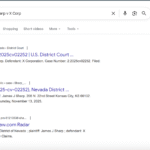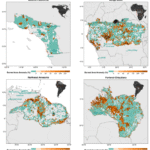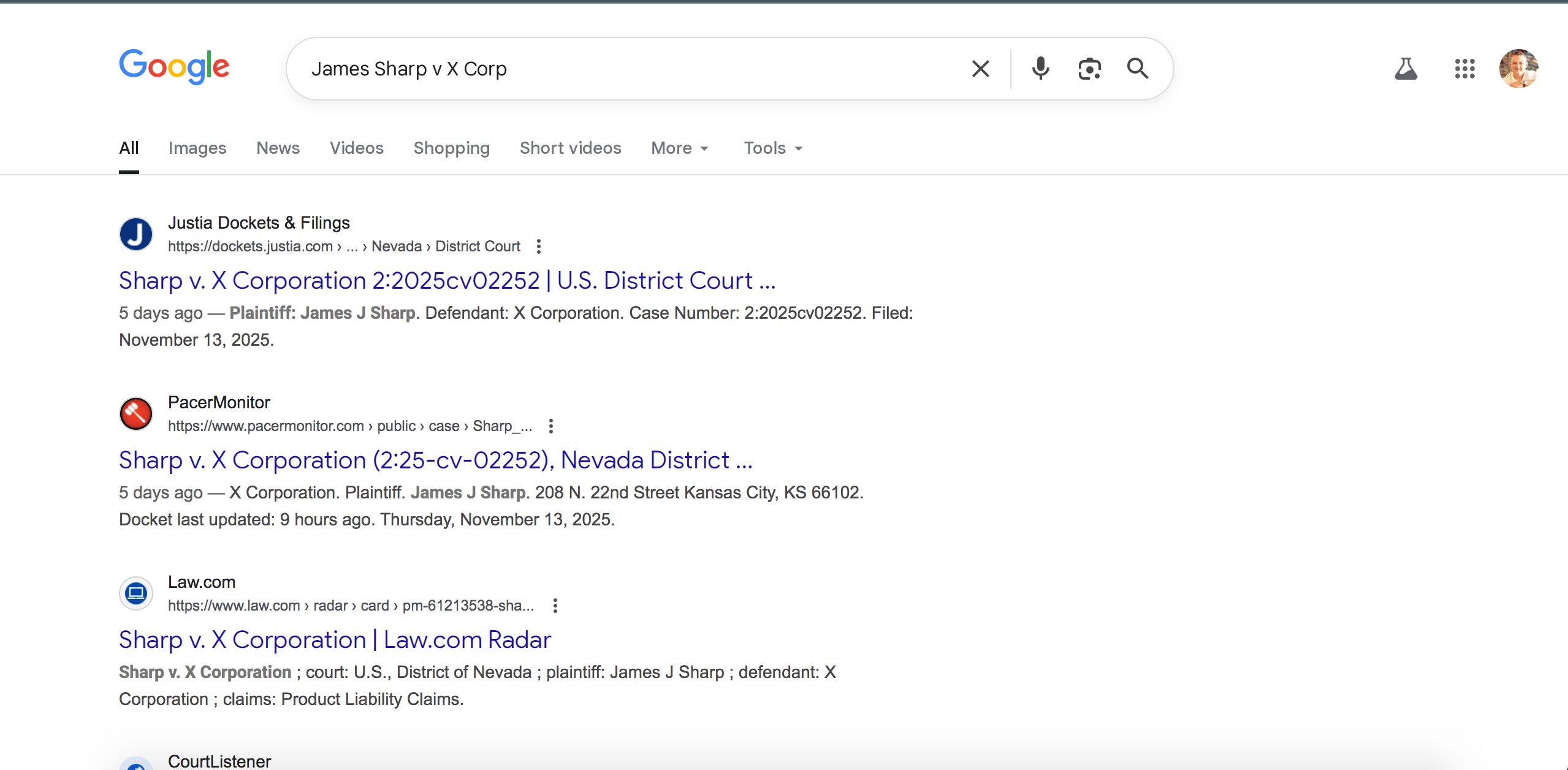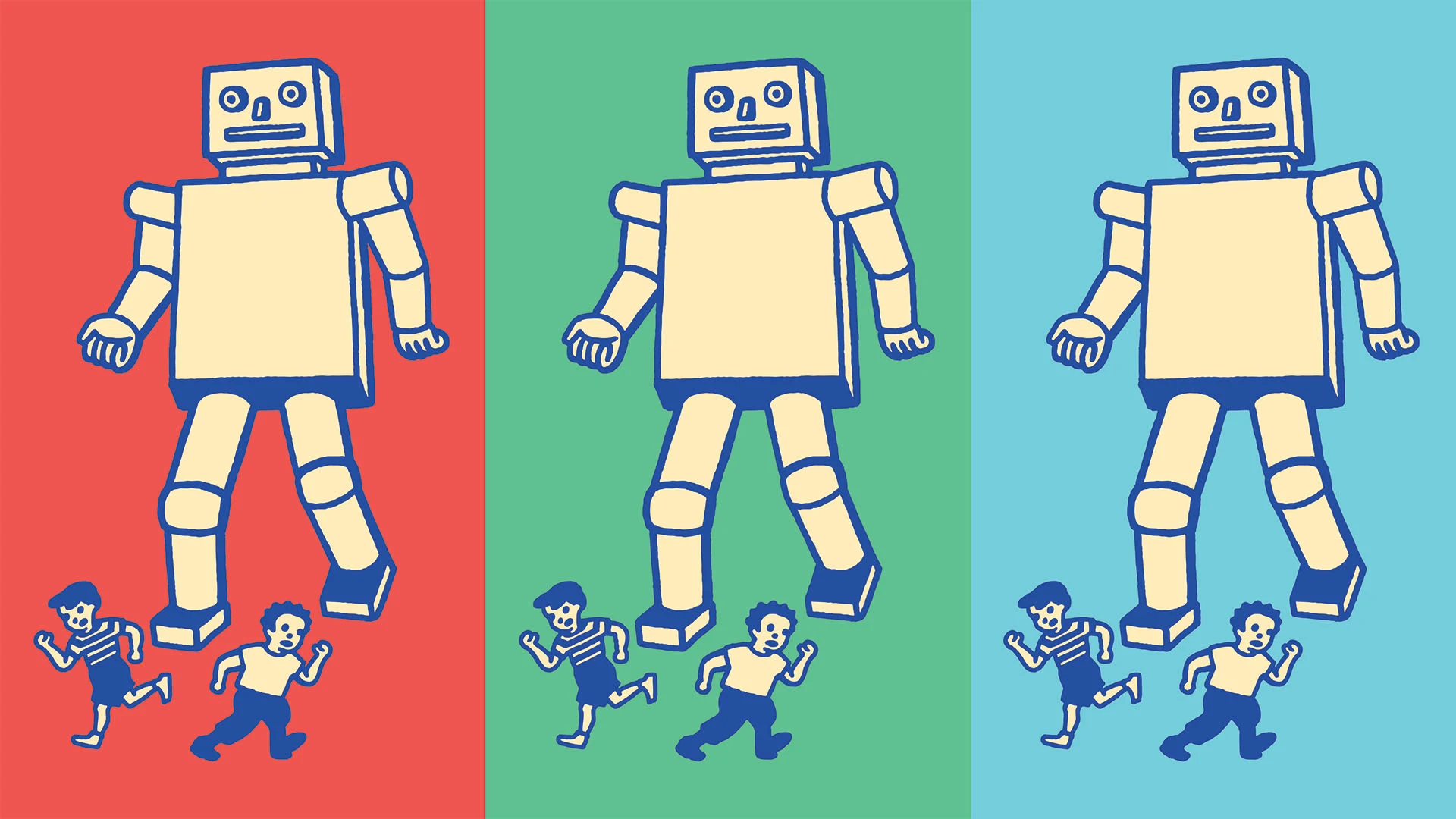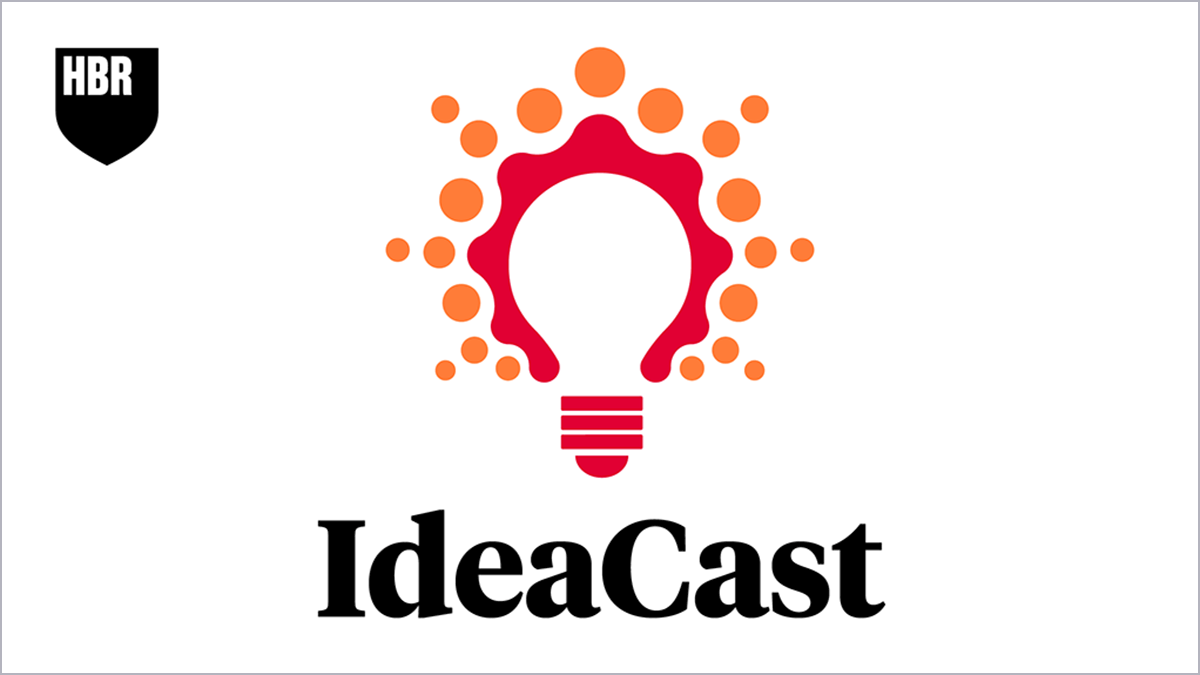
When I worked in tech, I often heard engineering leaders explain why they couldn’t hire more women or minorities: the so-called pipe problem. They claimed that there were simply not enough qualified candidates entering the system, so naturally the pool of diverse talent remained tight. Many of us in the ecosystem call it BS. The reality was not a lack of qualified people; it was a lack of imagination, access and commitment to creating inclusive environments where diverse talent could thrive.
Fast forward to my current job in women’s sports. I find myself thinking of that same phrase, this time with a twist. In sports, a channeling problem is very real and very serious. Girls drop out of sports at a much higher rate than boys, often by age 14. Not because they lack talent or ambition, but because hidden and solvable barriers stand in their way. Research points to a variety of reasons: lack of access to facilities, fewer female coaches, cultural pressures and economic obstacles. But there are also more subtle obstacles: menstrual stigma, inadequate sports equipment, transportation gaps or not feeling seen and supported in spaces where they are underrepresented. These are not headline-grabbing issues, but they can determine whether a girl continues to play or quietly drifts away.
It’s not just about missed opportunities on the field. Sports participation is directly related to confidence, leadership skills, academic performance and future professional success. When we lose girls from the pipeline, we lose future team captains, CEOs, scientists, and community leaders.
THE HIDDEN BARRIERS
In the case of gender equity in sports, the conversation often centers on the playing field: media coverage, equal pay, prize money, sponsorship. These are important and visible markers of progress. However, what often goes unnoticed are the less visible and deeply practical barriers that prevent girls from staying in the game.
This year’s Gainbridge Assists Powered by Parity grants, in partnership with the Women’s Sports Foundation, have been expanded to empower changemakers tackling these obstacles. Thirty-two recipients in 20 states will receive $222,000 (in total), funding projects that ensure girls can fully participate in sport and benefit from the confidence, leadership and resulting lifelong health outcomes.
In addition to funding camps, clinics and opportunities to play sports, from basketball and soccer to fencing, lacrosse and wrestling, this year’s grantees are tackling some of the obstacles head-on. These efforts recognize that access alone is not enough if hidden barriers continue to hold back girls’ progress:
- Menstrual health. For many student-athletes, lack of access to menstrual products is a silent barrier that keeps them out of school and sports. In 2025, no girl should have to stop practicing because she can’t afford pads or tampons, or because she’s too embarrassed to ask for them. Period Project Indianapolis is breaking that silence, distributing free menstrual products and normalizing conversations about reproductive health in locker rooms and communities.
- Proper equipment. For teenage girls, a well-fitting sports bra can determine whether they continue playing sports. Athletes for Hope, in partnership with Bras for Girls, provides equipment and the education girls need as they go through puberty. Without this type of intervention, physical discomfort and anxiety about body image lead many girls to drop out of school during adolescence.
- Mental health support. Sports can be a powerful tool for well-being, but only when participation feels safe and inclusive. The pressures young athletes face – balancing academics and expectations – can weigh heavily. When stress or anxiety is not addressed, sports can seem like another impossible demand. The initiative supports programs that integrate mental health resources into athletics. Tampa’s Skills Center will use its funds to host a girls’ sports and empowerment festival, combining physical activity with mental health workshops for young Black and Latina girls. Meanwhile, ZGiRLS will offer sports psychology programming to help girls manage stress, anxiety and family pressures during the holiday season.
- Transport. For many girls, the challenge is not desire but logistics. Getting to practice is a barrier. Families without reliable transportation or parents who work multiple jobs can’t always transport their daughters around town. It is a small obstacle with enormous consequences, often ending in silent resignation. Fisk University, home of the first HBCU women’s gymnastics team, is working to overcome this obstacle.
Each factor may seem small separately, but together they form a web of barriers that push girls to leave sports before they can realize their potential.
INNOVATION BEYOND THE GAME
In business we talk endlessly about innovation. We praise innovative technologies and new markets. But what if innovation also meant addressing the overlooked barriers that prevent people from participating in the first place?
That’s what these beneficiaries are doing: rethinking how to support gambling. and the players. True innovation in women’s sports identifies overlooked pain points and designs solutions based on empathy and equity. They are innovating at the most fundamental level.
The demand is massive. Gainbridge Assists Powered by Parity received more than 380 applications this year, more than double last year’s total. Each $5,000 grant seems modest, but the knock-on effects are significant. In 1974, Billie Jean King founded the Women’s Sports Foundation with the $5,000 check she received for being named Outstanding Female Athlete of the Year by the Bob Hope Sports Cavalcade. By 2024, the program helped more than 5,000 girls achieve their athletic and academic goals. With this year’s expanded funding, the reach will only grow.
THE WAY FORWARD
Just as the tech industry faced its excuses over the so-called pipeline problem, we must face ours in sports. We can no longer shrug our shoulders and accept that girls “just drop out of school.” Not when we know the reasons and not when the solutions are within our reach.
Equity in women’s sports must be defined broadly. It’s not just about streaming more games or negotiating better contracts, although those are still crucial. It is also about removing the silent, practical and cultural barriers that silently push girls out long before they reach elite levels.
King famously said, “You’ve got to see it for it to be that way.” But before girls can see themselves as champions, they must be given the opportunity to stay on the field, court, track or ice. That requires meeting them where they are, addressing their most pressing needs, and ensuring they know they belong.
Leela Srinivasan is CEO of Parity.
#Address #hidden #barriers #marginalize #girls
